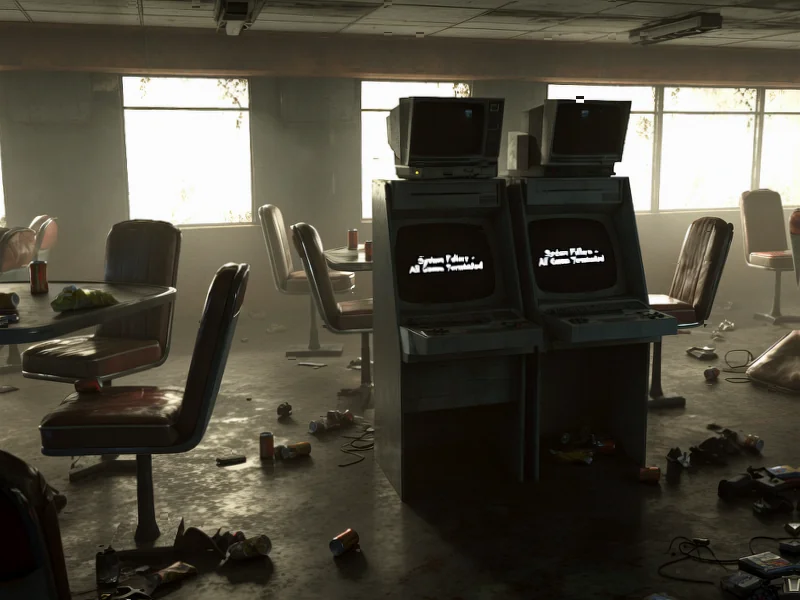According to Wccftech, Vampire: The Masquerade – Bloodhunt will shut down its servers on April 28, 2026, nearly four years after its full launch. Developer Sharkmob cited dwindling player populations as “no longer sustainable” for continued operation, with SteamDB charts showing the game struggling to maintain even 1,000 concurrent players since 2023. This planned sunsetting follows the developer’s 2023 decision to cease content updates, signaling a gradual wind-down that now culminates in complete server closure.
Table of Contents
Understanding Live Service Economics
The shutdown announcement highlights the brutal economics of free-to-play live service games. Unlike traditional game sales where revenue is front-loaded, these titles require continuous investment in server infrastructure, content updates, and community management. When player counts drop below critical mass, the revenue from remaining players cannot sustain the operational costs. Sharkmob’s decision to halt development in 2023 while keeping servers running represents a common industry pattern – maintaining minimal service while preparing for eventual shutdown, essentially placing the game on life support while honoring existing player investments for a limited time.
Critical Market Positioning Challenges
Bloodhunt faced multiple structural challenges from its inception. The battle royale genre has become dominated by established giants like Fortnite, Apex Legends, and Warzone, creating immense barriers for new entrants. Despite leveraging the rich Vampire: The Masquerade IP, the game struggled to differentiate itself meaningfully in a crowded market. The timing was particularly unfortunate – launching during a period when many players were already heavily invested in competing titles with established communities and content pipelines. This demonstrates how even strong IP cannot overcome market saturation and player acquisition costs in hyper-competitive genres.
Industry Implications for Mid-Tier Live Services
Bloodhunt’s trajectory reflects a broader pattern affecting mid-tier live service games. We’re seeing increasing market polarization where only the absolute top performers or games with exceptionally dedicated niche audiences can survive long-term. The early access period that began in 2021 gave Sharkmob valuable data about player retention and engagement, but apparently wasn’t enough to course-correct fundamental issues. This case study should concern other developers considering live service models – even with reasonable initial player counts, maintaining momentum requires continuous content investment that may not be financially viable without hitting breakout success.
The Preservation Problem Intensifies
The impending shutdown raises familiar questions about game preservation in the always-online era. Unlike single-player titles that remain playable indefinitely, server-dependent games like Bloodhunt become completely inaccessible after shutdown. This represents a significant cultural loss, particularly for games with unique mechanics or artistic merit. While Sharkmob is providing nearly two years’ notice – unusually generous by industry standards – it doesn’t solve the fundamental issue of digital obsolescence. As more games follow this model, we may see increased pressure on developers to release server emulation tools or archival versions, though current business models and technical constraints make this unlikely without significant industry-wide changes.



